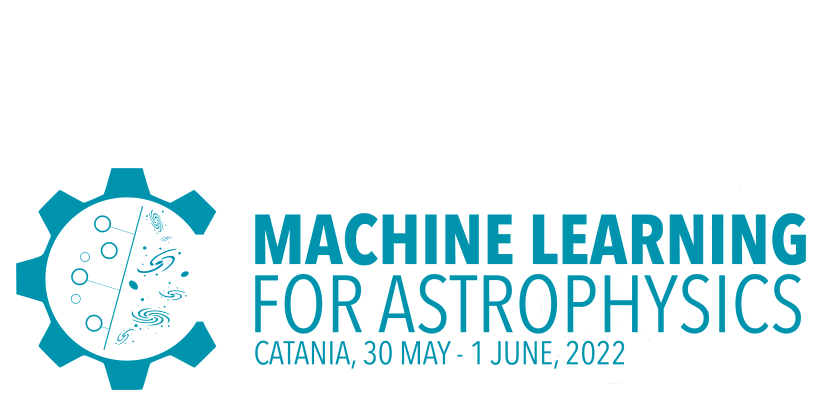Speaker
Description
Blazars are a subclass of active galactic nuclei (AGNs) with relativistic jets pointing toward the observer. They are notable for their flux variability at all observed wavelengths and time scales. The very-high-energy (VHE) emission observed during blazar flares may be used to probe the population of accelerated particles, together with simultaneous measurements at lower energies. However, optimally triggering observations of blazar high states can be challenging. Notable examples include: identifying a flaring episode in real time; predicting VHE flaring activity based on lower energy observables; and devising an optimal follow-up strategy in the context of other observations.
For this purpose, we have developed a new deep learning analysis approach, based on data-driven anomaly detection techniques. We utilise a recurrent neural network architecture for the forecasting of multi-wavelength light curves, and for learning their condensed representations. Based on non-flaring training data, we derive a background model from the learned representations of the model. This is accomplished by integrating the output of our neural network within a Bayesian clustering framework. Finally, we identify future variability in the source as anomalous configurations in the cluster-space of the background model.
We demonstrate our approach using simulations of blazar light curves in two energy bands, corresponding to sources observable with the Fermi Large Area Telescope, and the upcoming Cherenkov Telescope Array (CTA).
| Main Topic | Anomaly discovery |
|---|---|
| Secondary Topic | Time series analysis, transients |
| Participation mode | In person |

